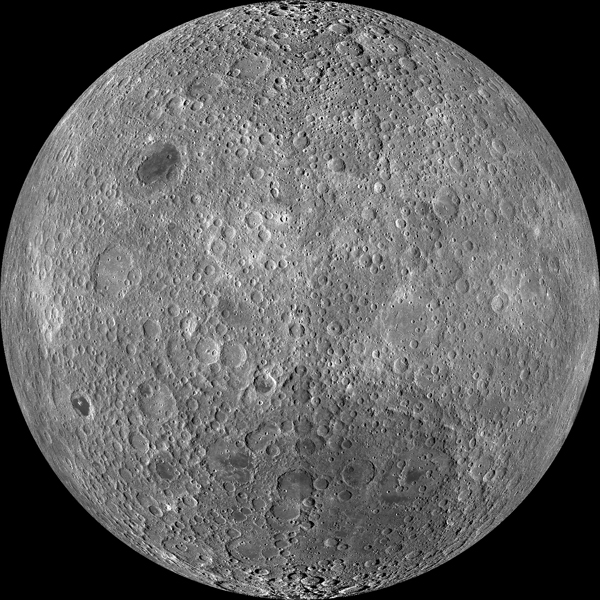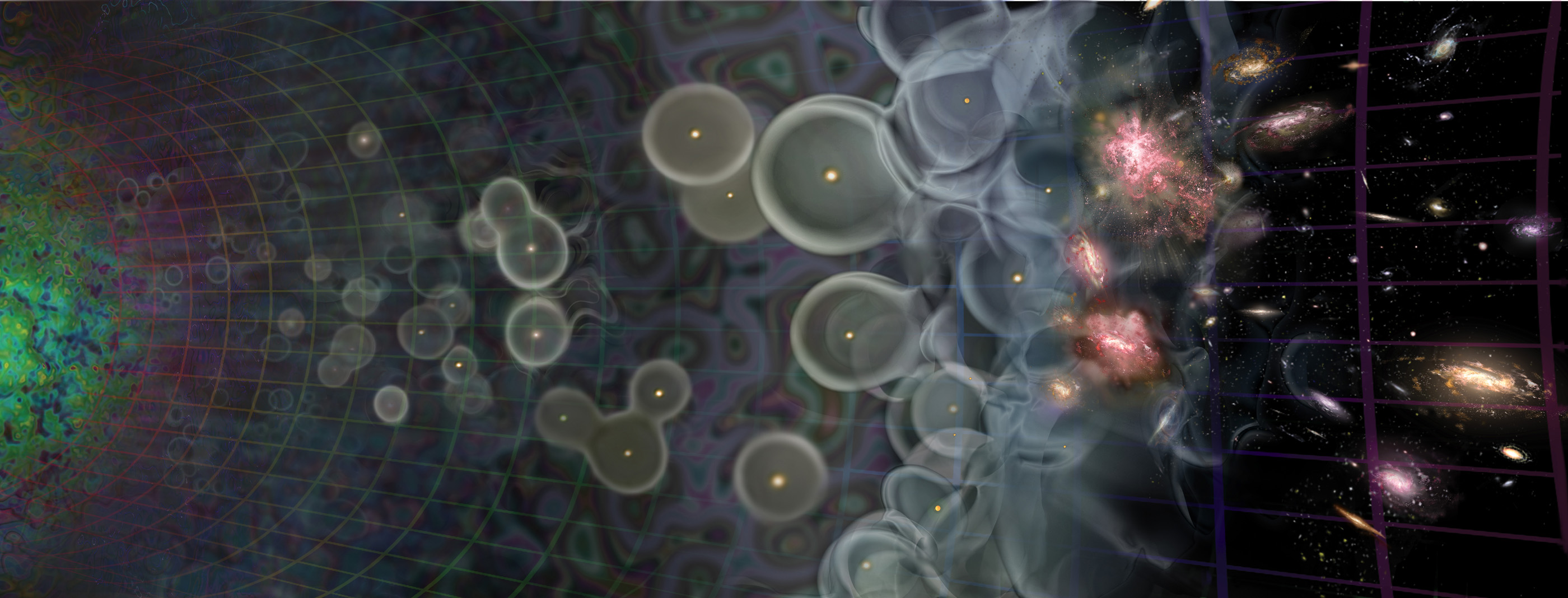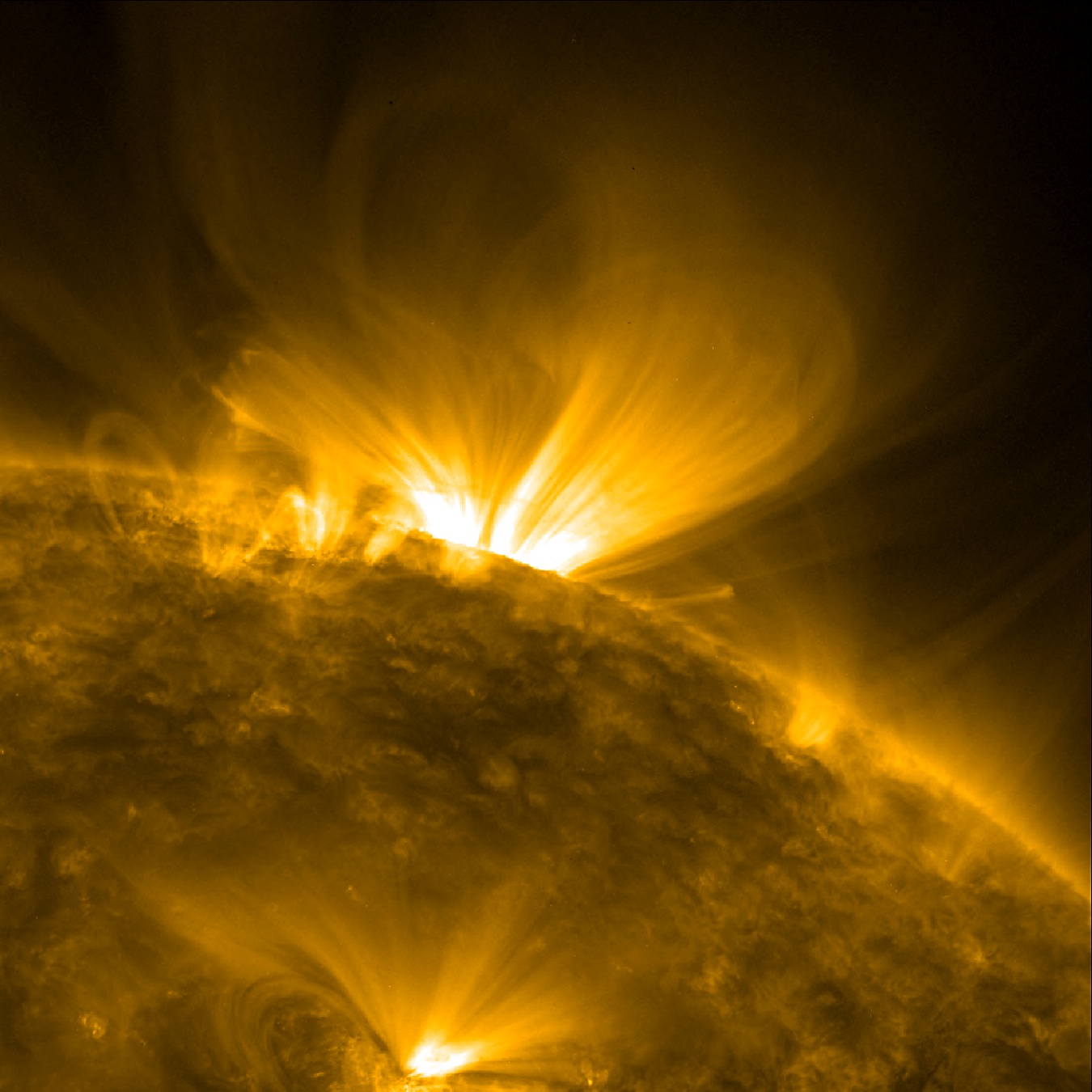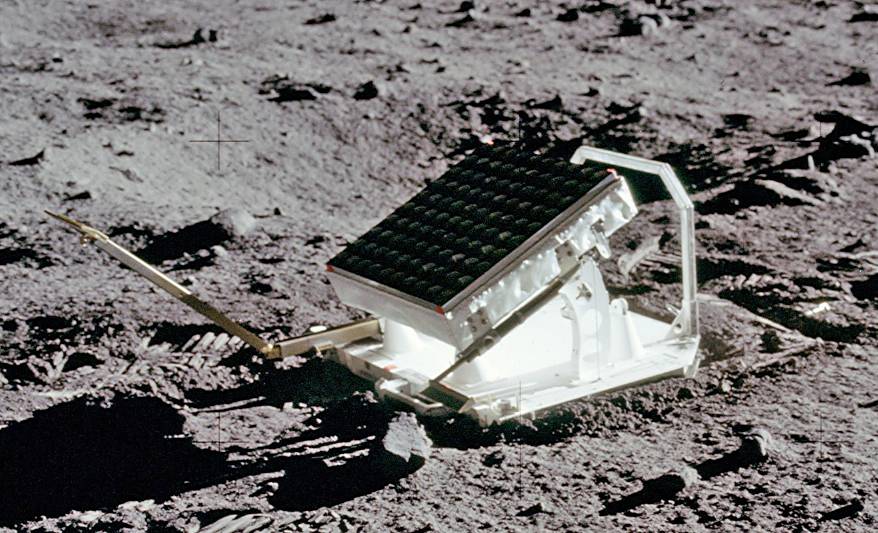Lunar University Network for Astrophysics Research (LUNAR)
The Lunar University Network for Astrophysics Research (LUNAR), a consortium of top research institutions led by the University of Colorado, is performing research, education, outreach, and community development to advance science from the Moon. The Moon is a unique platform for fundamental astrophysical measurements of gravitation, the Sun, and the Universe. Lunar Laser Ranging of the Earth-Moon distance provides extremely high precision constraints on General Relativity, alternative models of gravity, and the present state of the core of the Moon. A radio telescope on the farside of the Moon will be an unparalleled heliospheric and astrophysical observatory, since it lacks a permanent ionosphere and is shielded from terrestrial radio emissions. Crucial stages in particle acceleration near the Sun can be imaged and tracked. The evolution of the Universe during and before the formation of the first stars can be traced for the first time, yielding high precision cosmological constraints. LUNAR is pioneering important new astrophysical research by using the Moon as a unique platform. This page is an outline of the three key scientific goals.
Our Team's Mission:

(High Resolution image of the farside of the Moon. Taken by the Lunar Reconnaissance Orbiter LROC Camera)
Our Moon is a unique platform for astrophysical measurements of gravitation, the Sun, and the Universe. The Lunar University Network for Astrophysics Research (LUNAR) is addressing the question of how the Moon can be used as a platform to advance important science goals in astrophysics, heliophysics, and the physical sciences. LUNAR addresses NASA strategic goals to "discover the destiny of the Universe", to understand "the origin of the Universe", and to "understand the Sun". There are three primary areas of research:
(1) Low Frequency Cosmology and Astrophysics: After the Big Bang, there was an interval of perhaps a few hundred million years known as the “Dark Ages,” before the formation of the first stars and galaxies. Probing the evolution of the Universe during the Dark Ages and as the first stars form is possible using a low radio frequency telescope on or in orbit above the farside of the Moon. The team has developed a model of expected spectral features in the observable all-sky radio signal below 100 MHz which correspond to key moments in history of the Universe. The LUNAR team (in collaboration with other NLSI members) is examining the scientific case for future radio telescopes in lunar orbit or on the lunar surface. Technology development is underway for (1) an antenna in lunar orbit to observe the all-sky signal and (2) a lunar radio array with a large number of antennas, for which high sensitivity and low mass are key requirements.

(diagram: Evolution of the Universe: Cosmic Microwave Background 'left' to Hubble Deep Field 'right') A. Loeb 2006
(2) Radio Heliophysics: The high temperature solar corona produces the supersonic solar wind that creates a magnetic bubble around our solar system called the heliosphere. Over the course of the eleven-year cycle of solar activity the heliosphere changes. These changes include violent solar flares and coronal mass ejections, which can affect communications, navigation, and human safety. The LUNAR team is examining the role of low-frequency radio observations of the heliosphere from the surface of the Moon in determining how the Sun accelerates particles to high energy. This includes using existing radio observations from the two STEREO spacecraft. The research focuses on two tasks: the ability of radio receivers in space to study dust, and the use of imaging at low frequencies to detect unknown radio transients. Another goal of the radio heliophysics effort is to optimize the design of a lunar surface solar imaging radio array at frequencies <10 MHz.

(Image of Coronal Mass Ejection "CME" taken by the Solar Dynamics Observatory "SDO")
(3) Gravitational Physics and Lunar Structure: An enduring legacy of Apollo is the Lunar Laser Ranging (LLR) package that has been used to test alternate theories to General Relativity and to probe the nature of the lunar core. The LLR key project of the LUNAR team is addressing the design, fabrication and emplacement of the next generation of retro-reflectors for the Moon. These improvements will make laser ranging measurements a hundred times more accurate. Initial work indicates that currently available retro-reflecting cubes are very likely to perform well when scaled up to the size required for new lunar retro-reflectors. In addition, efforts are focusing on developing in-house capabilities for assembling more stable and sophisticated hollow cubes using a technique known as hydroxide-catalysis bonding.

(Apollo 11 Retroreflector with 100 corner cube reflectors)




